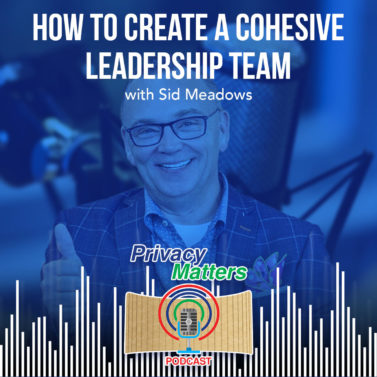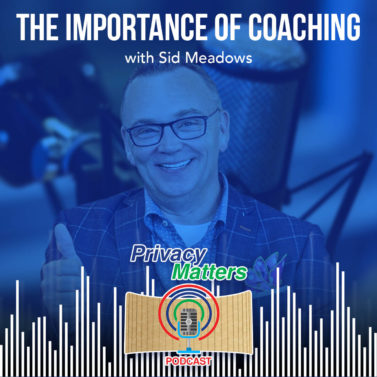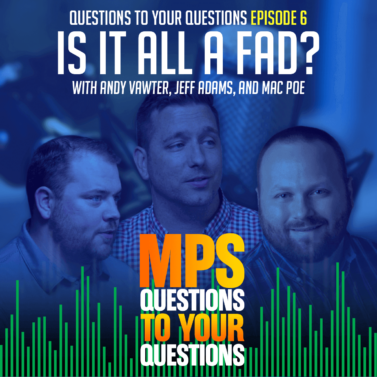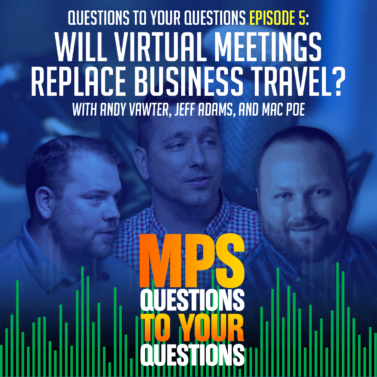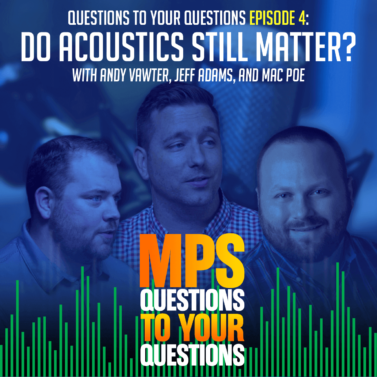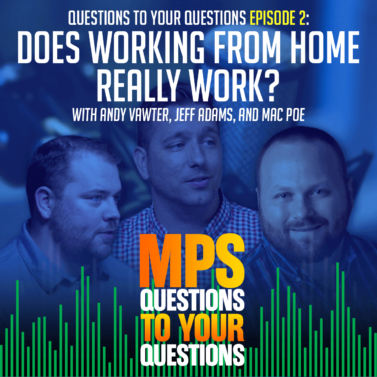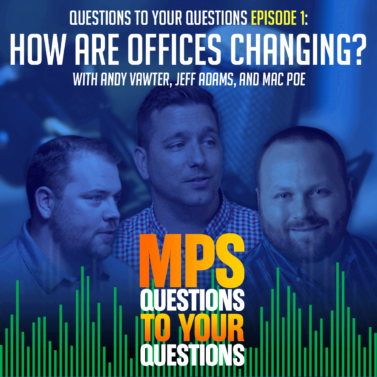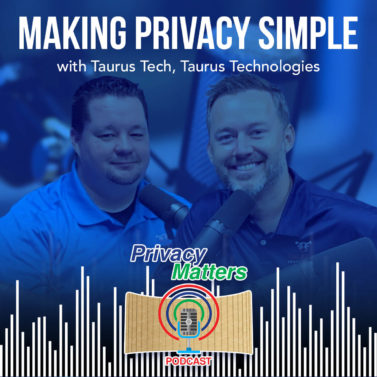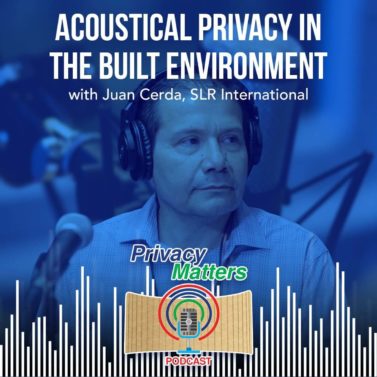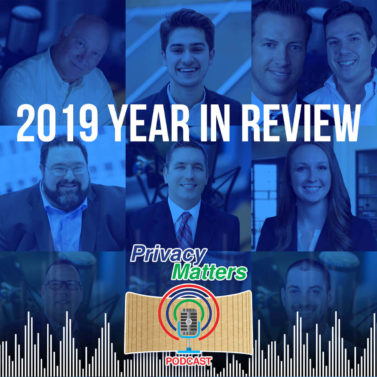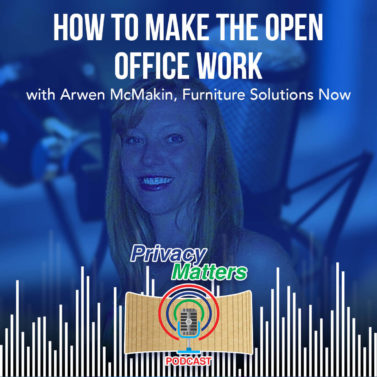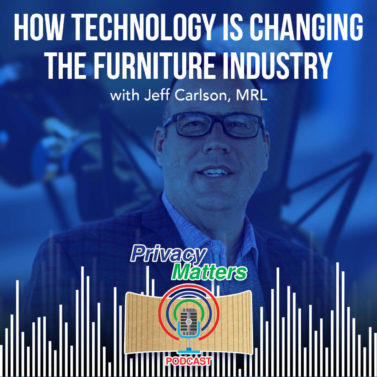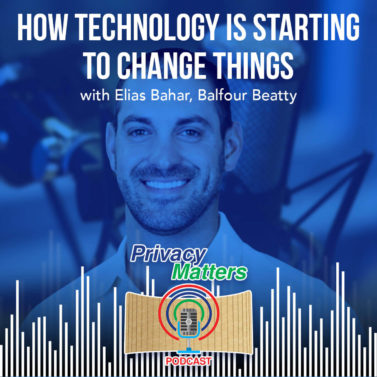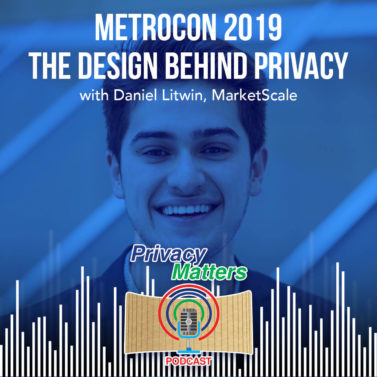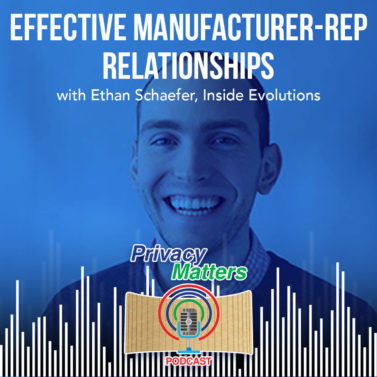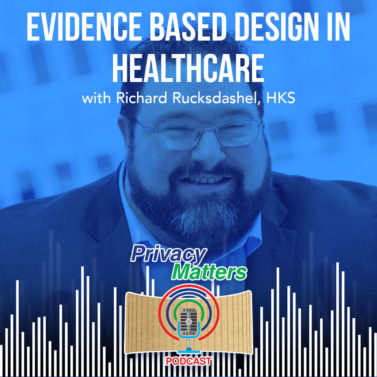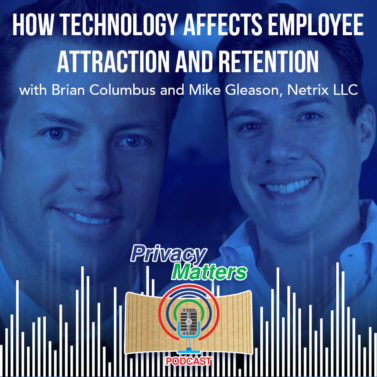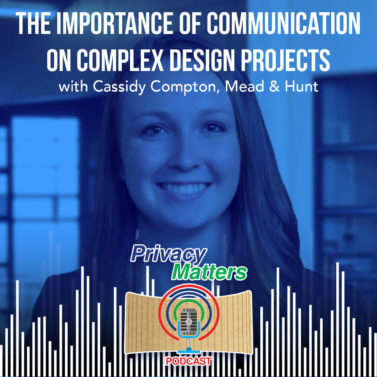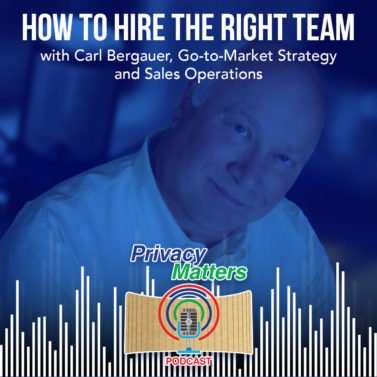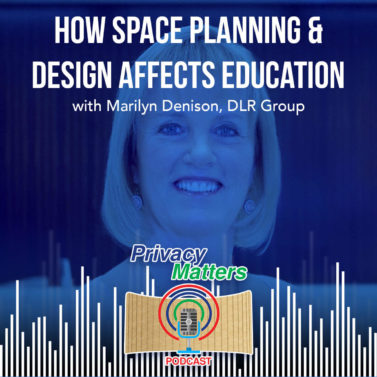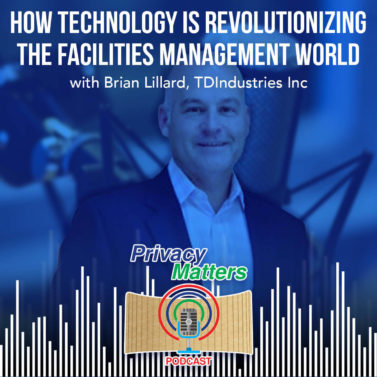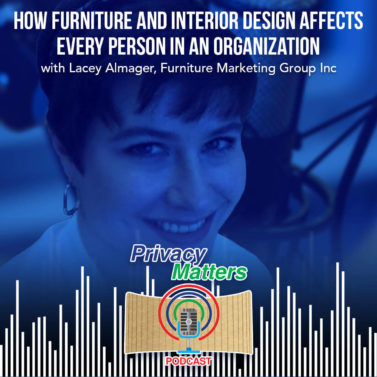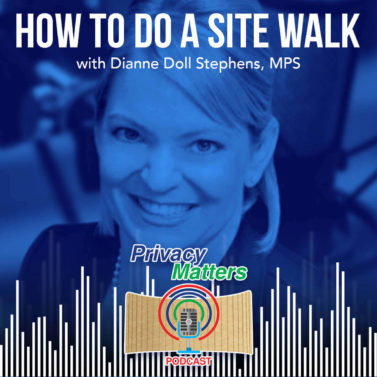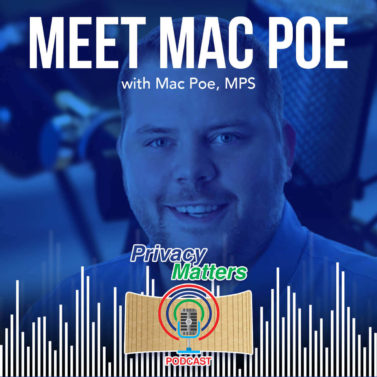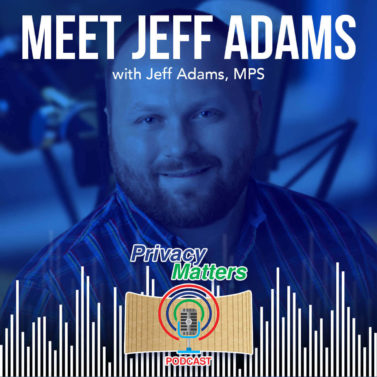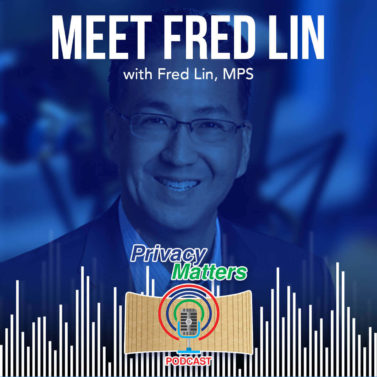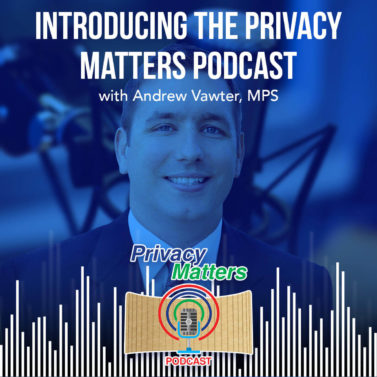Andy:
All right. Well, thanks for being here Sid, I really appreciate it. The world is all changing and things are all over the place. And I think it’s up to leaders of organizations and people in different industries to look at trends and figure out where are we going and how do we do it?
I’d love to start off with you. Just share a little bit about how you ended up where you are. You’re a consultant, a coach, and a trainer. Let everyone know where that came from and how you ended up doing that.
Sid:
Sure, absolutely and I’m glad to be here. I’m excited to share my thoughts on a variety of different topics with you. So I’ve been in the industry, the furniture business, my entire professional career. I started right out of college at a dealership and made my way through a couple of manufacturers and a couple of dealerships. I think my time has been spent split about 50-50 between manufacturer and dealer. I love our industry. It’s fun. It’s exciting. It’s facing a lot of challenges right now, but a little over three years ago, I decided to leave my corporate job after 10 years working for the same company and start my own business. And so, I started Embarc CCT, which is a coaching consulting and training company, uniquely focused on businesses, small businesses, particularly inside of the contract interiors industry. We provide business strategy and coaching is the predominant two things that we do. And we typically work with small to midsize businesses and individuals, and really helping them step into growth, look at ways to grow their business, and really start leveraging the components of high performance to step into being the best individual performer or company performance that they possibly can be.
Andy:
Is it like sales training, or is it more process? I’m just curious to learn more about that. You said you worked with a lot of different companies. Is it more of the dealer side or the manufacturer’s side or both?
Sid:
So, it’s an interesting question because I’ve seen a shift where we were doing a lot of manufacturer work and then we shifted to do a lot of dealer work with a little manufacturer, and now we’ve shifted. We work with a lot of independent reps right now and then a few manufacturers. So, it’s been a nice little shift and I think it keeps things interesting because the business model for the manufacturer, the dealer, and the independent rep are all different. And it keeps things really interesting and exciting. But to go to the other question, high performance, when we talk about coaching and we talk about high-performance coaching, that’s actually a certification and it’s a process. So, in addition to being a certified professional coach through a program called IPAC, I’m also a certified high-performance coach through the high-performance Institute and high-performance coaching. Look at the six principles of high performance and it really helps both individuals and companies understand things like courage, presence, time management, and productivity, and the list goes on and on of things that you focus on, and those can be beneficial for individuals or for teams.
Do we coach, or do I coach around a specific sales methodology? No. Does it is a specific program that we follow through high-performance coaching? Yes. It’s a program that we follow. Let’s call it a methodology or a modality if you.
Andy:
I would think that would be more applicable to more people in the organization, just a sales coach. It’s just the sales team where that high-performance would work on production, operations, and accounting and customer service, everything in that realm in an organization.
Sid:
Yeah, absolutely. High performance is about continuing to take forward progress or make steps forward. And as I tell people, as we go through the high-performance program because it comes with a lot of ideas, worksheets, and a lot of journaling and things like that. And there’s no way, cause it’s a 12-week program and every week you get something different, there’s absolutely no way to take all 12 things that you get out of high-performance coaching and implement them all. If you did or tried it, you would feel awful about it because you can’t implement all 12 of them at the same time. So, my tips to people are take one thing, implement it, get really good at it and then move forward and keep moving forward, then implement the next one. And then the next one, and I think a really good example of that is block timing.
In productivity and time management, we talk a lot about how do you schedule your day and what do you do? And we talked about block timing and scheduling appointments with yourself to do certain tasks. And it’s a really hard thing for people to get used to. And once you get used to it and you do it, then I would say, “Okay, go do the next thing and keep taking one step forward.” So high performance is really a journey, in my opinion, that has no final destination because as human beings and individuals, we should always be working to get better and better and better.
Andy:
And by the time we get to 12, there’s new people that need to start at number three and keep working. So there’s always room for improvement. No, we did that with our sales team a few years back. I’m really trying to get down too. We knew certain behaviors were important, right? But those behaviors are often shuffled away like cold calling or a business development type behavior are the first thing to go when you get busy. And we blocked out time, we started more harshly. I’ve learned over the years, I started with power hour where everybody is stopping at 10:00 AM and we’re all doing this. And we learned that wasn’t really the best for everybody. But we went to block timing where each salesperson would block their schedule and share their calendar so we can all see. We’ll know Max is going to be busy doing the outbound dials during this hour.
So, don’t go and bug him with a process question or a product question and stuff like that. And I think that really did transform our team to get them a lot more focused on the behavior and that’s transition. We hit this pandemic and everything stops and people have to go home. And then the economy starts to suffer as a result of that. And the furniture office economy, I think suffered even more than the other aspects of our economy. Our salespeople still had their time blocked and still had their behaviors and activity blocked out. It was really good to see because we would do these Zoom meetings and they’d be like, “yeah, things are crazy.” People are getting laid off. There’s bad stuff happening.
Things are slow. So, we’re focusing on our behavior, and on our time management. We’re trying to make sure that we’re doing those things. We saw it in a very real way that that aspect mattered to our organization. That’s good that you have it as part of your culture, it took a while, but it’s a journey. It’s a real, yes. It is absolutely a journey. We incorporated role-playing on our team. It took a long time to get comfortable. We would keep getting out of character and talk about it instead of getting back into it and practice it. But we started to learn how to do that and I need to hire a new person and they would sit on the edge and just not wanting to engage.
After six, eight, ten months it started become a thing. It was like, don’t bother us these mornings. We’re going to be in here. Role-playing I think it really matters because you get vulnerable people come in and say, I had this ridiculous conversation that I look stupid in, or this presentation went horrible. Now let’s practice it. Let’s model what you know. Those things are processed. As a team look at and say, “Well, let’s buckle down and get back to it.” I love it. I’m the worst offender of all this. I mean, if you ask anybody on our team, I’m the guy that’s like. My calendar is a mess and sometimes I commit to things and sometimes I don’t, but our team outside of me has done a really good job of holding to that. That’s a testament to some of the people we have here for sure.
Sid:
That’s awesome. So, I think role play is one of the best forms of professional development that’s out there because you can simulate real life activities. I do it a lot in both my group coaching and my individual coaching. Let’s role-play this and people freak out and they get really nervous. And what you said is accurate it’s because of the vulnerability that it takes to expose yourself. If you will, your colleagues, or maybe what your deficiencies are to your colleagues and your friends at work. And so, it takes a lot of courage to do roleplay, but it is by far one of the best activities that any company can institute. Especially, today the conversations that we have with our potential customers is a lot different than we had prior to March 15th. We’re talking about sales, products, and what discount do you need right now. We’re not really talking about products as much as we are talking about workplace, workforce, the impact, and all that. People need help and understand that conversation are the best way to get really good at that outside of research.
Andy:
Yeah, practice the hard way, but you don’t always want to practice any of the customers. You don’t want to get caught not knowing exactly. I’m a former teacher and one of the things of education in the state of Texas is when you’re certified as a teacher, you have to take so many professional development credits every year. They say every year, but it’s actually every five years. I suppose I pack them all in that last year. The school district would usually provide everything you needed. You wouldn’t have to go outside and pay for it. I have to tell you that was the worst experience of being a teacher for me, was going to professional development. It was like, it was the most useless thing I could imagine.
And I would always tell my supervisors, we will get more if we, as a group went and practiced how we, as the economics team are going to teach economics to our kids better than me having to hear this person give a presentation about something else. I mean, it was a myriad of things, but none of it in my mind applied to me. It wasn’t helping me be a better teacher. It was wasting my time. So I could check off that I had completed so many hours. And so personally it really put me off to professional development. I hate professional development days. I want nothing to do with it. Now, I’m here and been here for seven years and I believe one of the things that we really push in our culture is constant learning, professional development.
It’s applicable, it’s roleplay. It’s learning about our industry specifically, or specific techniques that we can then hold back and apply them to our daily jobs. There are days where I wish somehow, I could go back to the education world and like knock on their heads a little bit like, “Hello. Do this. Get that app applicable to their lives.” It’ll mean something to people who actually better teachers for it.
Sid:
Well, I think the fact that you’re investing it in your company in some way or another is a really good thing. And there are a lot of ways to apply professional development without hiring somebody. There are a lot of ways that you can do to help your team get better. You mentioned one of them. We are a really focused in our industry. We are really product-focused, and we spend a lot of time training on the products, features, and benefits of the product, but where we miss. And I don’t think we should be product experts. I think we should be industry experts. And we don’t spend enough time training in our industry, professional development or training for that matter on industry-specific topics, or industry-related topics to educate our people about trends. Our new styles of working or things of that nature. We don’t spend a lot of time doing that. That’s what we miss out because we spend so much time focusing on product.
Andy:
Yeah, absolutely. Absolutely. One of the things that I think made a lot of sense for where we came as a company was, we are actually a technology company and that’s where we started. We weren’t even in the furniture industry, we were more AV and, low voltage in that style of things. And what drew us to the furniture industry was the way that they have the ability to really talk to a customer about holistic solutions. They sell chairs and desks and things like that. But as an industry, they were much more forward-thinking in our minds at educating the customer about other challenges that could potentially be in the space. Now, we all know not all the furniture dealers do that well, not all the salespeople do that well. We saw opportunity there where some of our other partners are just bidding specifications.
And then a lot of these furniture dealers have salespeople who truly want to help give their customer experience and they want to differentiate. All those things helped us get into this. The furniture world gets to know reps and dealers and manufacturers and all the things that you’ve been a part of your entire life. I see the opportunity for the furniture industry to continue to bring value outside of just a cool chair or a really well-built table or desk. In your experience, are you seeing that some dealers are starting to see that COVID has probably changed some of that?
Sid:
I think it’s a really good question. As we look at what the potential evolution of things could be, and none of us have an exact answer. I mean, there’s so many moving parts to it right now, but I do believe that in order to be successful, the office furniture dealer specifically needs to focus on being an industry expert and not a product expert. I truly believe that they need to be able to help their customer solves problems that are beyond a specific product because at the end of the day that the customers don’t really care about the product or the brand name, they care that it functions correctly and it serves their purpose. But I know the brands would hate me to say that out loud because everybody thinks their brands are important. At the end of the day to the customer, the brand name of the product doesn’t matter. What matters is the space and how the space functions, and is the workplace designed in a way that supports the work habits of the employees of that company. The best way for you to be able to solve that problem which is really a workplace problem, not a furniture problem is to know our industry and to know things like how to employ, understand, and know what is biophilic design. How do you implement what is neurodiversity in the workplace?
Why is it important and how do you implement it? What products support you’re a diverse environment? And if you were to ask someone at an office furniture dealership about neurodiversity in the workplace, most of them would look at you like, what are you talking? I mean, I talked to a principal owner of a large brand name dealership and mentioned neurodiversity, and his response to me, what is that? And that’s exactly my point.
Andy:
Well, I obviously know what it is, but could you share with everybody.
Sid:
I’ll do my best, but neurodiversity in the workplace is about designing the workplace to support the people on the edge. People with ADHD, with autism, and things of that nature, the conversation neurodiversity is only going to increase because COVID and working at home put a lot of us on that spectrum, right? And put a lot stress and anxiety on us. And all of those things are part of what neurodiversity is. Now, what I would tell you the expert in our industry relative to neurodiversity is Kay Sargent from HOK. HOK led by Kay and her team did an unbelievable research and report about neurodiversity in the workplace. I would highly encourage you if you’re interested in neurodiversity, go and download that report. Go to HOK’s website and just type in neurodiversity. Kay and all the stuff that she’s done and written, and the studies and the research will all come up. Find that report and read it. The really the big difference that neurodiversity talks about it has a lot to do with color and they use of color and certain types of color.
Additionally, the planning aspect of neurodiversity is different. Neuro diversity talks about is planning the work environment in neighborhoods, not by function. So rather than this is a conference room, you have a neighborhood so that your entire accounting department will sit in this neighborhood. So, their meeting space, space, and their collaboration space are all together. That’s a neighborhood and that’s basic concept around it. It’s a lot more detailed in that. As an industry, we don’t really train on that interior designers in our industry train on that. Because as you mentioned earlier, they’re required to have upwards of 15 hours of CES every year to maintain their license, but office furniture, dealer, and salespeople, even manufacturers for that matter need to understand what this is so that they can talk educatedly to their client about how to implement that strategy, and knowing what products work to support it.
Andy:
Yeah. I think about how we’ve operated as a company in the furniture space. One of the compelling things that we always try, teach, and train them is to let us be the experts on acoustics and on our product. You don’t have to be, even our reps. We even tell them like, you need a knowledge, but you need to understand how this stuff applies to a space, not what cable or what speaker or what product or what hanger to use. Let us do that.
Sid:
I have an example of not being a product expert but being an industry expert and solving a problem. Cause that’s our job. Our job is to solve the problem of the workplace, not to sell a specific chair.
Andy:
And that excites me because honestly, we’ve been pushing that message for years too. You don’t have to know everything, let us be the experts on that. You need to know how to plug this stuff in. You need to know what problem is solved. You need to know a scenario that you can show your old PowerPoints that are really ugly from like 2013 and 2014, but you know, the message was what to look for in a space. If you have a floor planner, you’re designing a space for a customer, or you walk into a space with a customer, if you recognize this, or you see this, or you hear this, those are all things that are the problems that we can help solve. And so we’ve been trying for years to get sure, and we’ve had success. We’ve had people take us up on that.
And the interesting thing was we learned years ago that the numbers showed that if we could present to their customer through a virtual web, screen share like 10 slides just to show them what we do and why we do it and what to expect from it. And then answer questions that are close right up by like 400% versus just here’s your quote, because it was something they didn’t understand. And so, a $10,000 quote seems like a lot of money when there’s no real good education around. The moment you educate, the more reasonable results we’re going to get while you’re solving the problem.
Sid:
When you think about it, solving problems is our job. I know as an industry, we’re very product-centric. We need to be more problem-centric. But at the end of the day, what we really sell is change. When you think about what we do is we’re supporting the change that our clients are going through. And I think where this breaks down is we don’t do enough exploratory to understand what’s changing in their business and why it’s changing in their business. Let me give you an example. So role-playing, I been running this little experiment for about a year. I asked salespeople in our industry when I’m coaching them to role play with me and sell me a thousand test years. Immediately, 99.5% of them jump right in and start asking me about the product going to mess back. I think it go straight to the product in order. Some of you had asked me about my price point of my budget, but only a half a percent of them actually started asking me business-related questions about what’s changing in my business. That has me with a need for a thousand new testers. Yeah. Something changed my business.
What in your business has changed in order to require you to need a thousand new test years rather than what type of chair do you want? They’re two completely different conversations. And the first way really uncovering the problem will lead to additional sales, initial opportunities for that person that is brave enough to ask those questions and not start selling the product.
Andy:
So, when you coach, obviously you’ve got a wealth of knowledge about these things. You’re displaying it. The whole organization is coaching, but that seems like a very kind of sales-oriented shift. Is that part of what you do as well, or is that more high level with the owners and the VP of sales letting them understand?
Sid:
It’s actually both, but what happens is I end up doing it one on one with one client. It comes out in a role play when we’re talking about something relative to the high-performance coaching, right? Whether it’s courage or productivity, whatever it might be. Clarity is another great example where it would potentially come up. And so we just take that conversation and I asked them to role play with me and then I role play with them. They’re the client and I’m the salesperson and I showed them a different perspective about doing it. And you should see their eyes just light up. I never thought about asking questions like that. I behave this way for a large part of my career. As I ask you a question and you’re answering it, I’m already onto the next question in my head. I know exactly what I’m going to ask you. And I just go straight to it. It was all very product-focused. I can tell you now that my education and the things I’ve been through in the last three years totally changed my perspective about how to ask questions and how to get information from the class.
Andy:
We follow a couple of different selling techniques, but question-based or Sandler selling is one of the things that we do. In training, I loved asking questions, but I am a problem solver by nature. So, I’m analytical. I would already jump ahead of saying that you told me that and I already know that you’re just like this other customer and let me solve your problem here for you. And let me just lay that in front of you, right? Some of the training that we did was I need to slow down and ask more questions. When I find a problem, I need to push on that pain. I don’t need to solve it right yet.
I need to expose it. I need to like put pressure and make them really feel pain. And, that was an eye-opener for me, especially in role-playing to stop trying to save them, stop trying to bail them out. Let them understand that they have a problem. And my next question is, how much do you think that’s costing you? What have you done to try and solve it? Instead of saying, I’ve got what you need. I started going down that we saw that transform our ability to create meaningful connections with people at a level that they like.
Sid:
Understanding problem-centric and product-centric, and trying to be a more problem-centric. So our mean kudos to you guys were focusing on that, but I will tell you, I have another recommendation. Especially if you’re an office furniture dealer or manufacturing, you’re should hear what I’m about to say. It’s going to be super challenging for you. There’s a guy, his name is Keenan, and he’s all over LinkedIn. He wrote a book last year called Gap Selling. And it is about shifting from being a product-centric seller to a problem-centric seller. Go buy his book, listen to it on audible by the book and read it, or follow him on LinkedIn. Every turn of the page of that book or every minute that goes by an audible, as you’re listening to it, you’re going to say to yourself, this will never work in our industry, but I promise you, it will.
I’ve read the book twice. I’ve listened to it twice. What he teaches you about is focusing on the problem and the tools that he gives you in that book are absolutely amazing. And right now, he’s running online training for two days. It’s a half a day. He takes you through the whole book for $99. And if you’re unemployed last week, he was doing a thing. If you’re an unemployed salesperson, he gave it to you for half off. It is a great training program to really help you understand product selling versus problem selling. So, I’d highly recommend it.
Andy:
That’s a great way to end this podcast because we just never know what’s going to happen in the future. And so, to get so focused on this is what I do today. I just find it so much better to enrich yourself when we talk about professional development, it’s about making me a better person in a lot of aspects of what I do. If you’re just a better seller in general, you know how to sell or, how to help people solve problems. Plug the product in. You can have a new job and immediately start applying that appropriately and I’m sure that’s probably the value proposition. You can give people when you’re talking this with you. It helps the organization today to be better, but it also carries with every individual wherever they end up.
Sid:
Professional development helps you grow and helps you become a better person. When you become a better person and a better performer, your skillset is transferable to any company regardless of the product.
Andy:
And that’s valuable to everybody. Absolutely. Yes. Well, thanks for being here. I appreciate it. Thank you. I’m glad to be here. All right.


